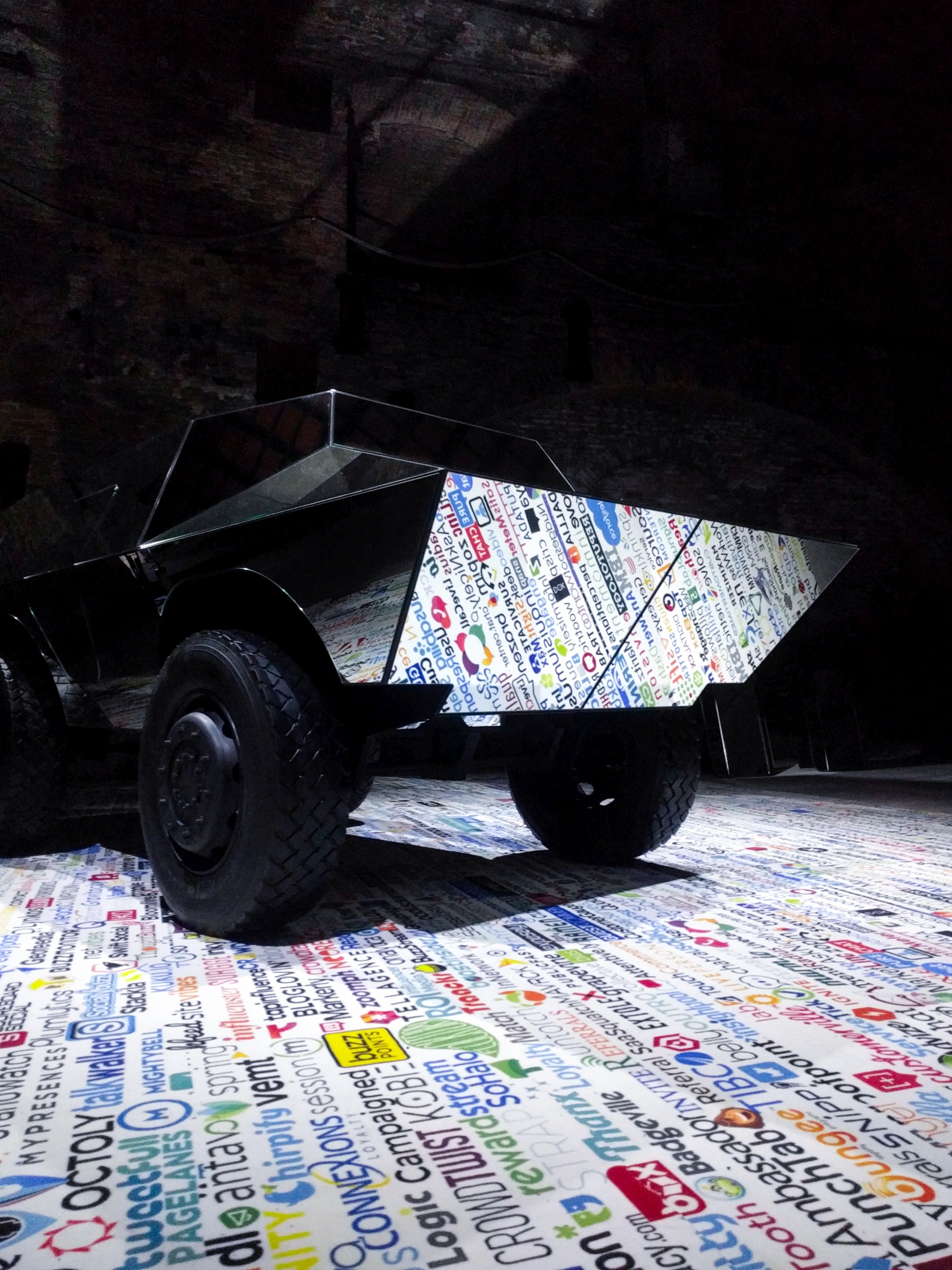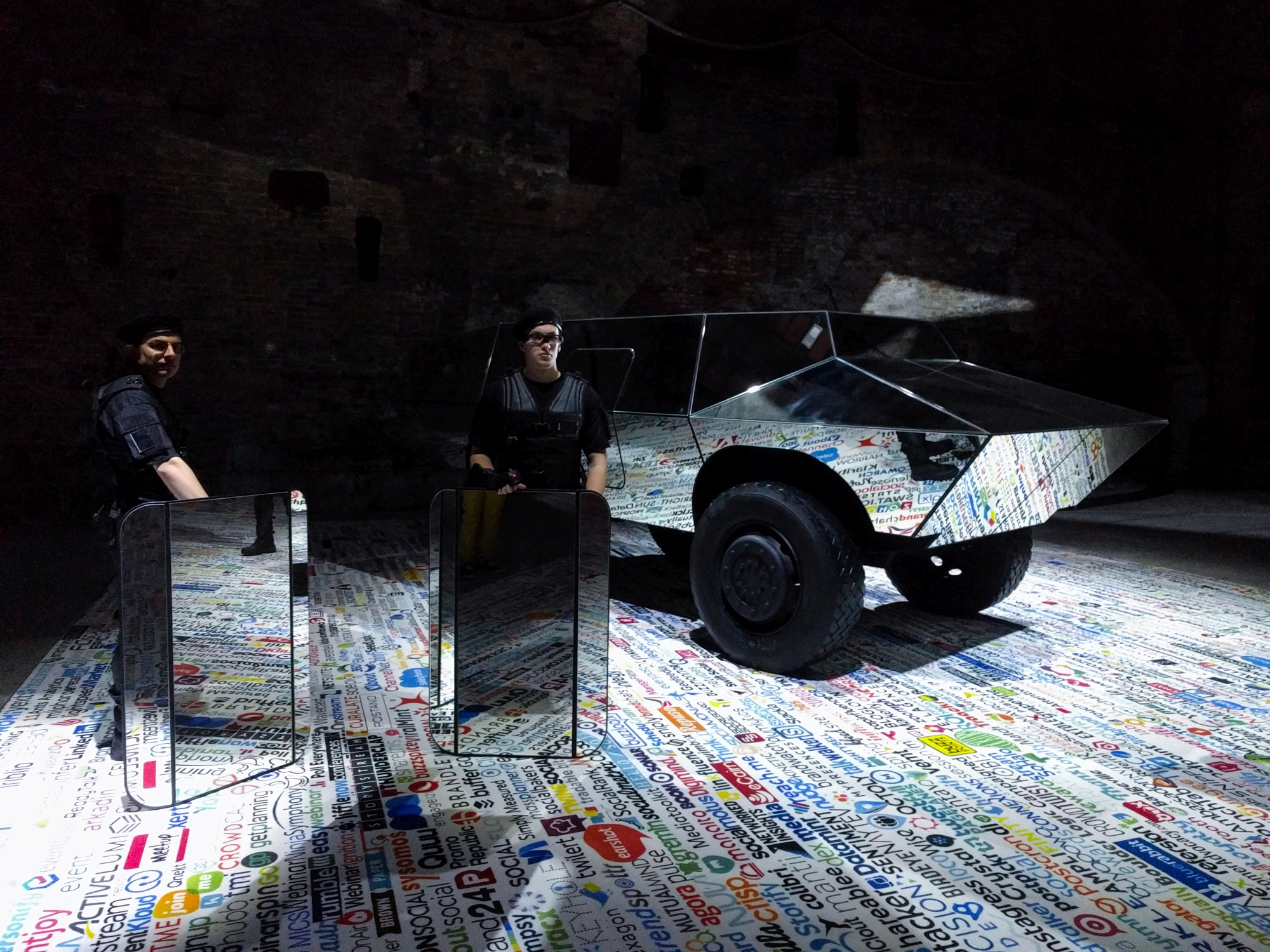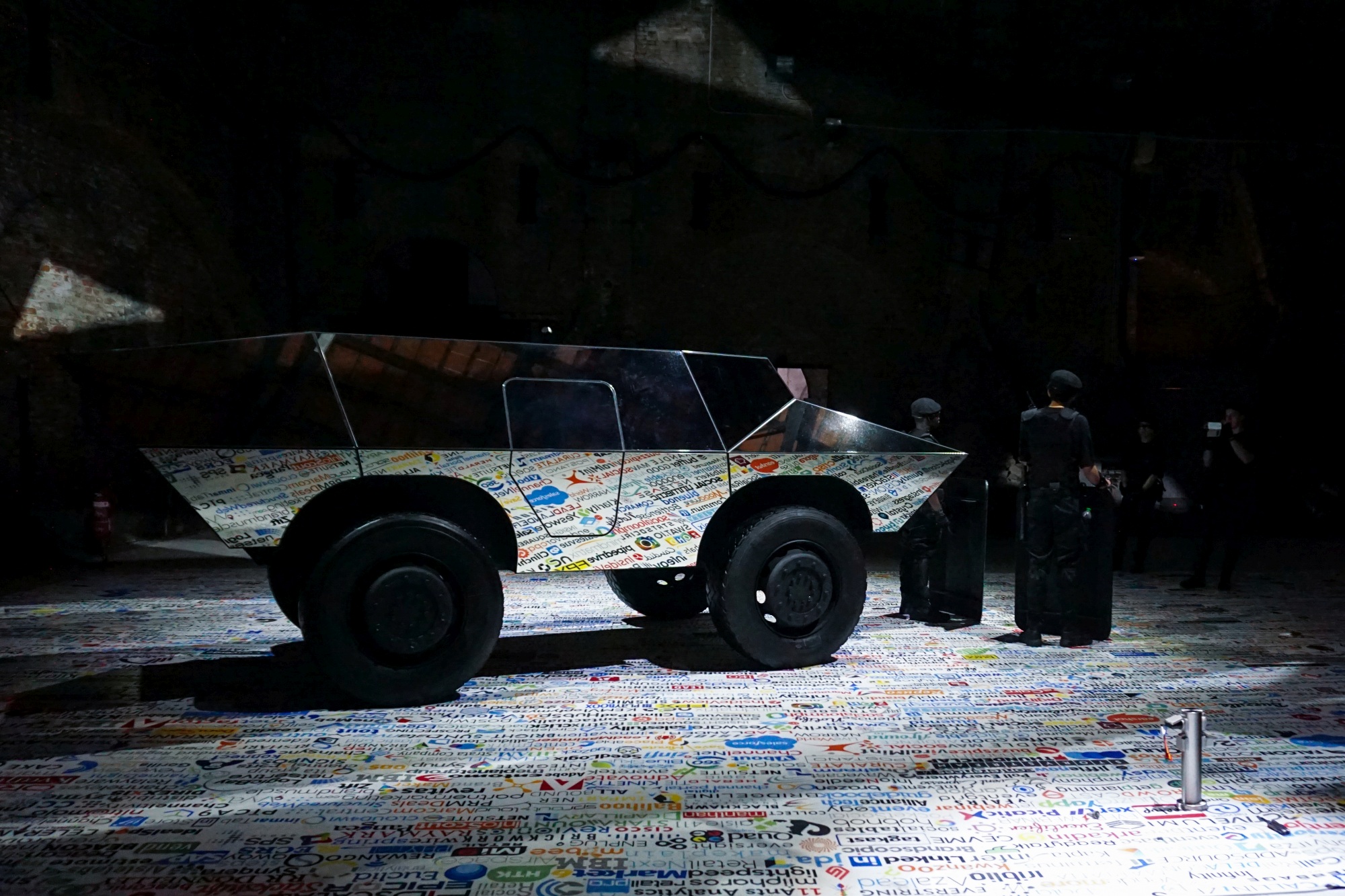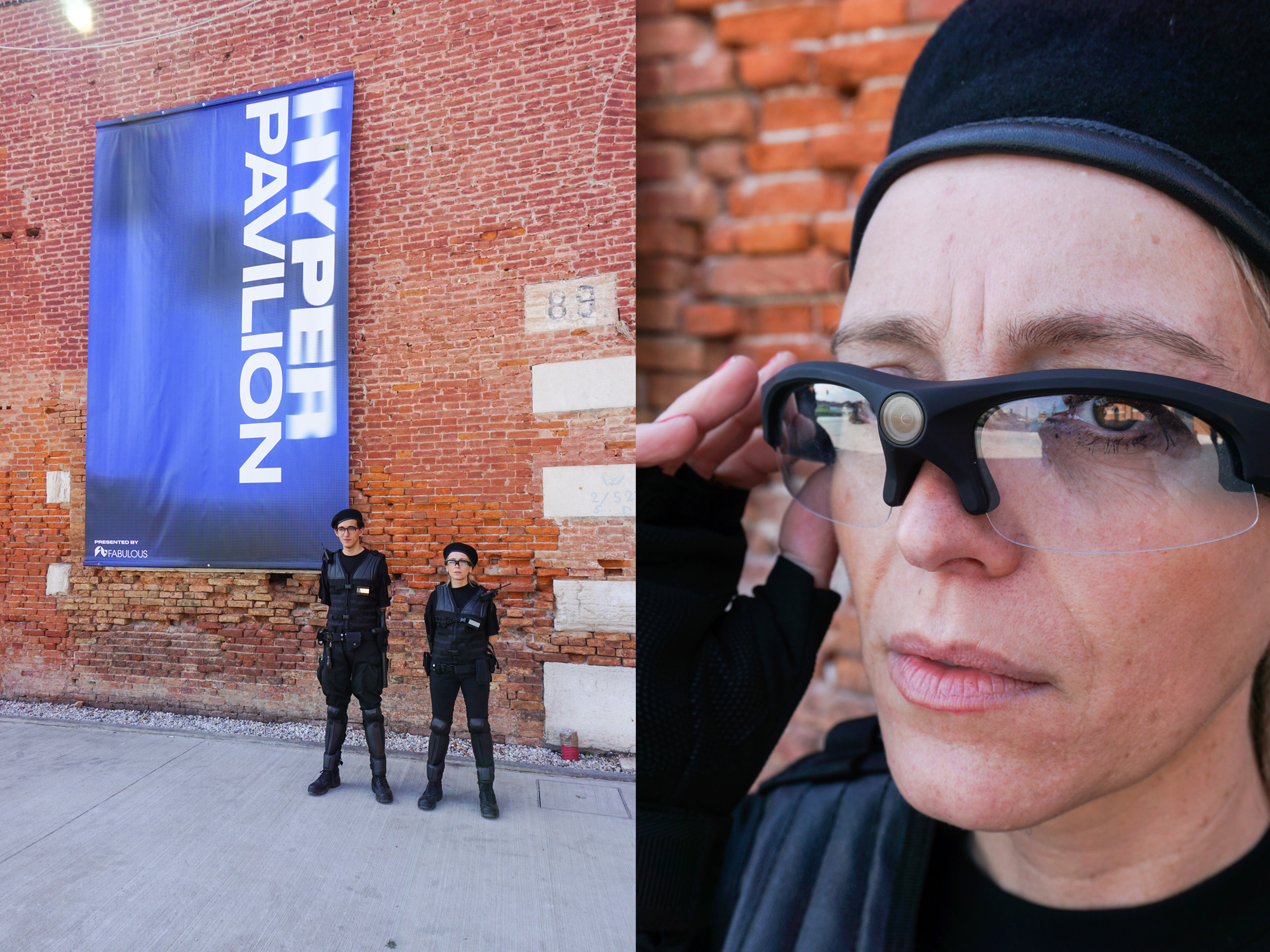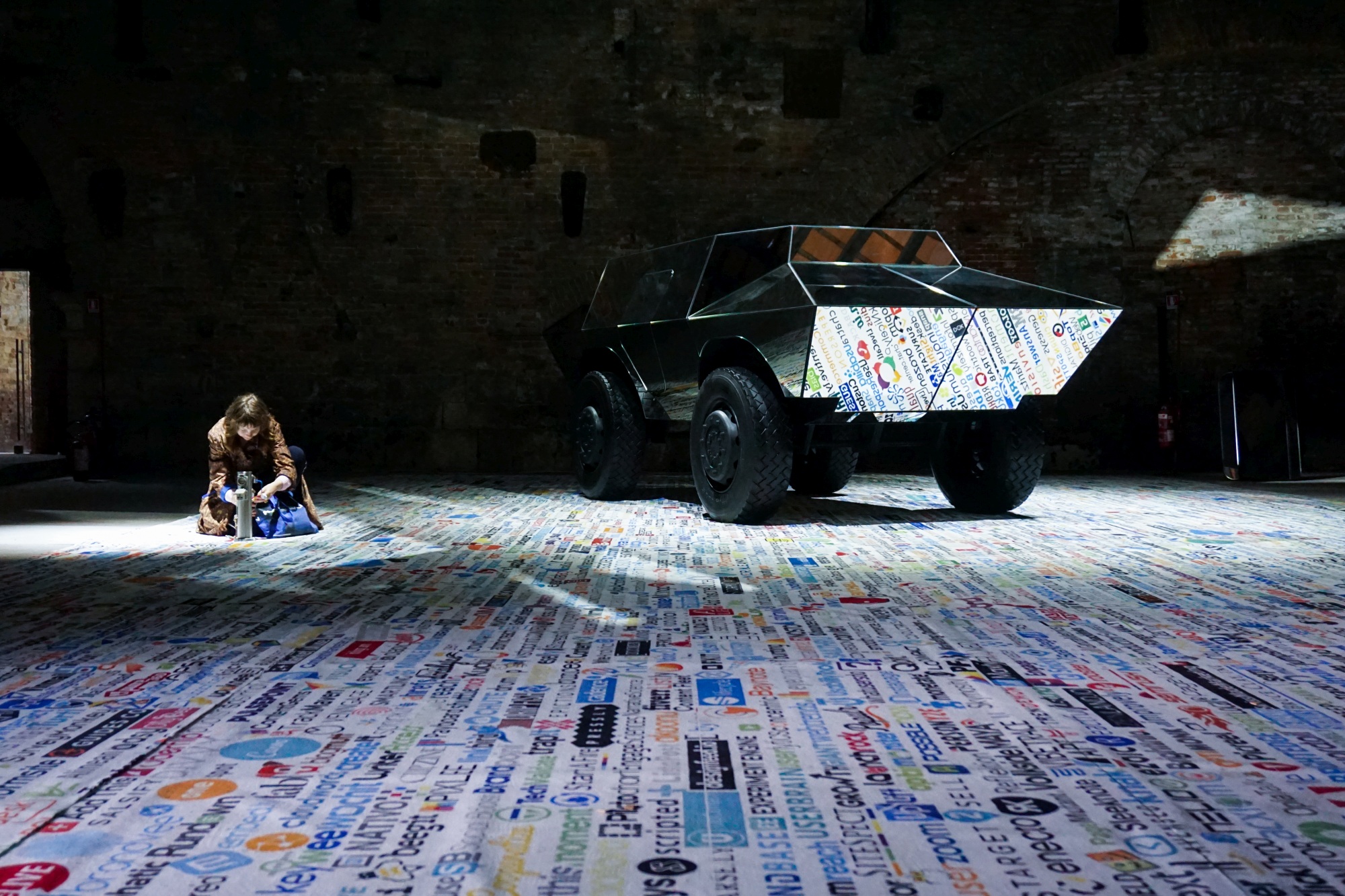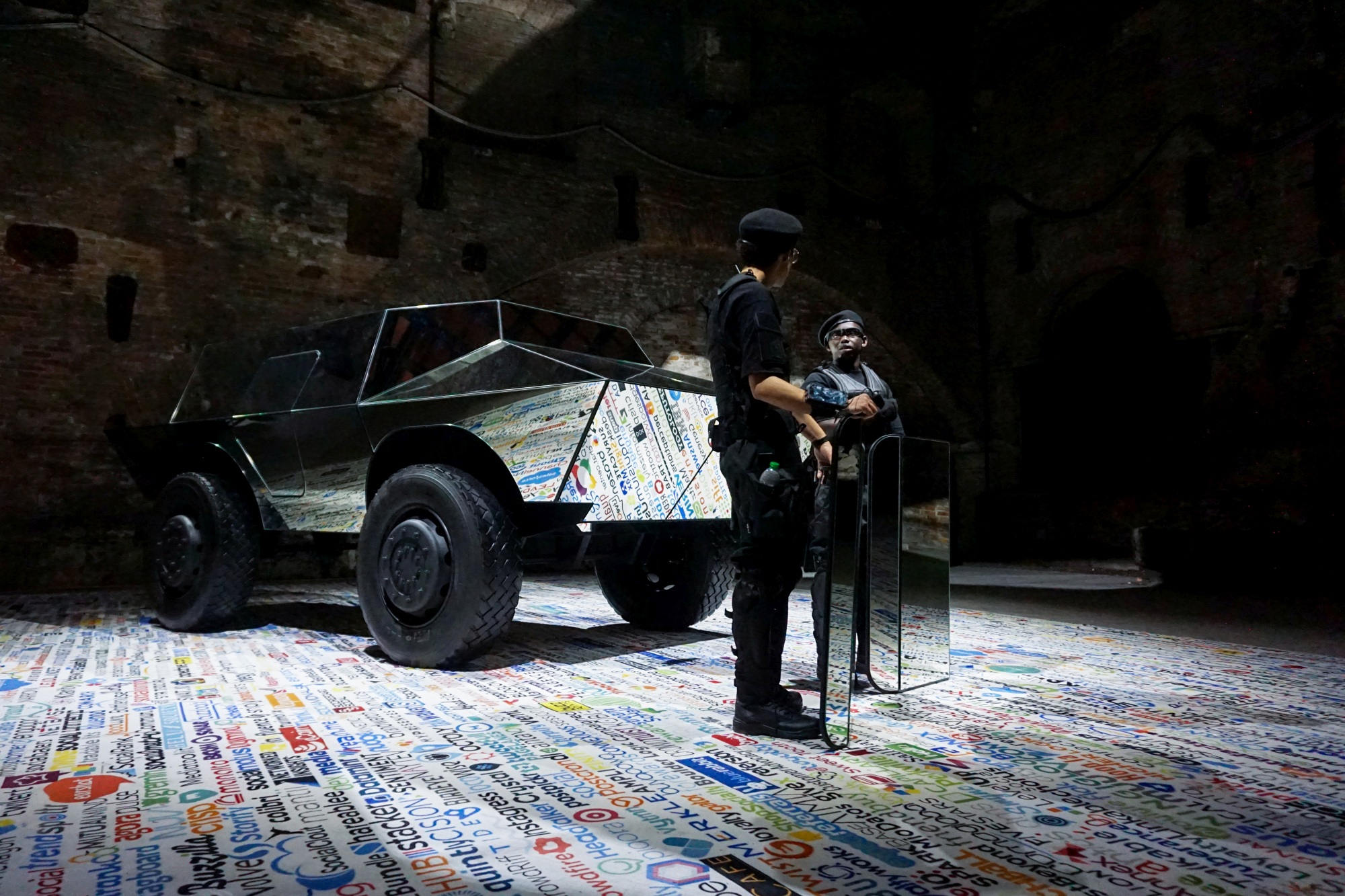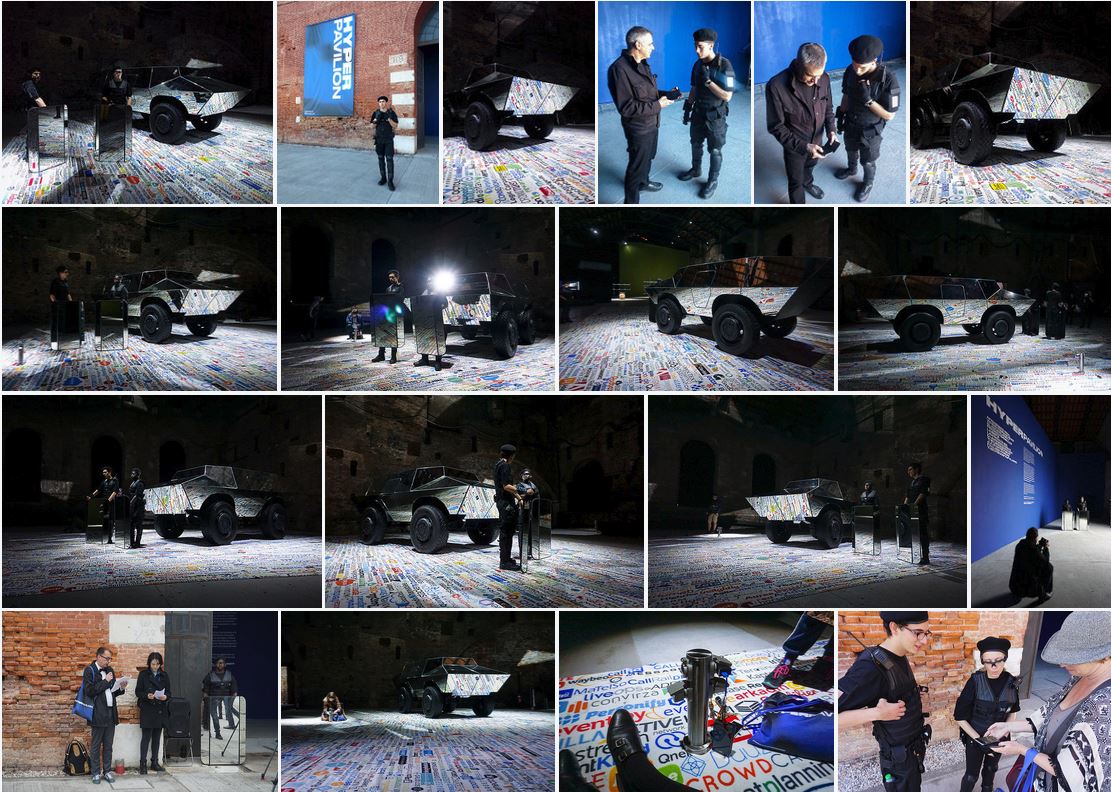immaterial, Kunstverein Bochum
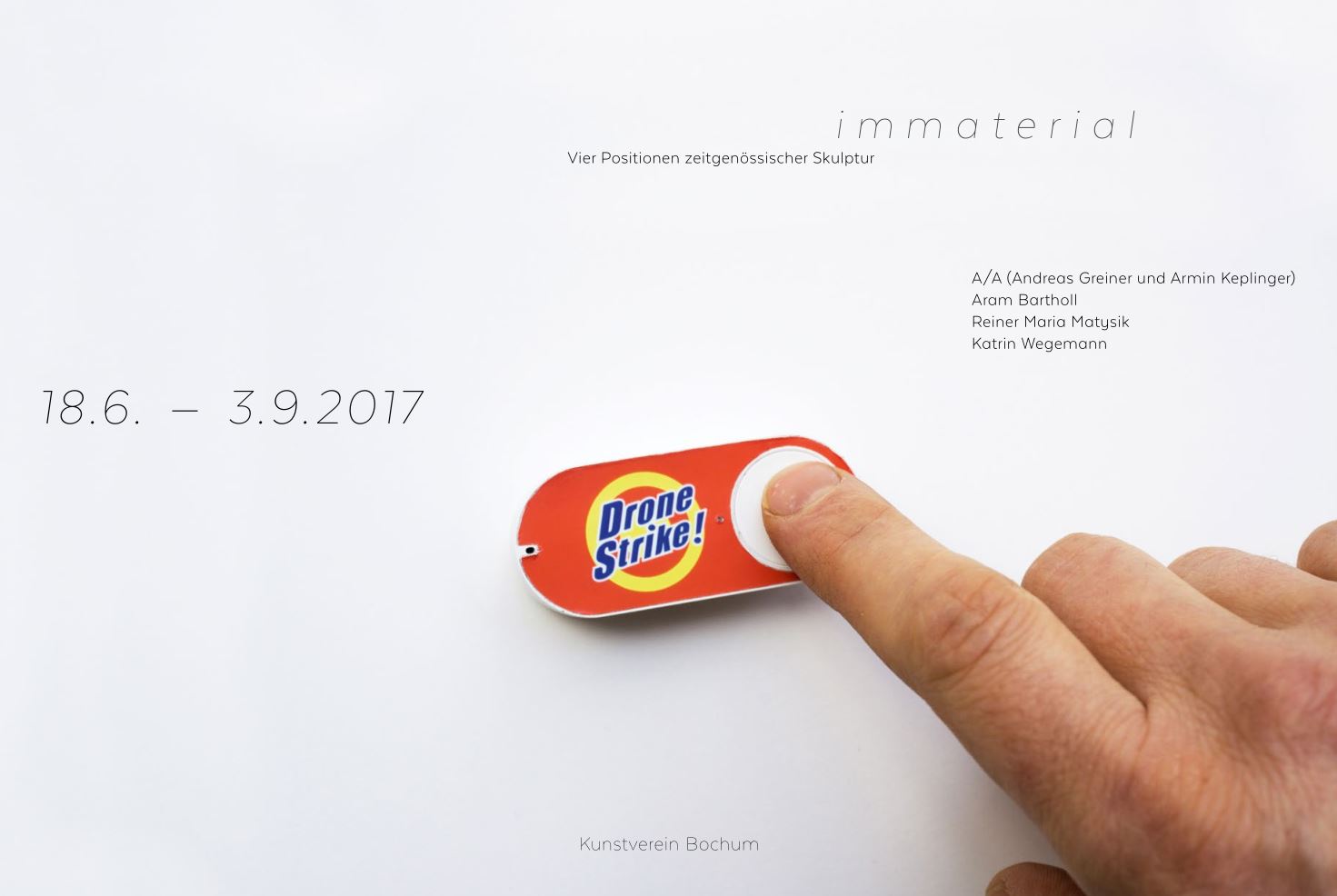
immaterial
Vier Positionen zeitgenössischer Skulptur
www.kunstverein-bochum.de
18.6. – 3.9.2017
A/A (Andreas Greiner und Armin Keplinger)
Aram Bartholl
Reiner Maria Matysik
Katrin Wegemann
Eröffnung am Sonntag, den 18. Juni 2017 um 11 Uhr
Es sprechen: Richard Hoppe-Sailer (1. Vorsitzender Kunstverein Bochum)
Reinhard Buskies (Kurator der Ausstellung)
Das Ausstellungsprojekt immaterial untersucht gegenwärtige Optionen von Skulptur unter der Prämisse eines wechselsei- tigen Verhältnisses von Präsenz und Transzendenz. Mehr als andere Kunstformen erscheint die Skulptur bestimmt von einer spezifischen Dialektik, von einem essentiellen Bezug zur Welt der Dinge und einer zugleich über das Dingliche hinaus- weisenden Dimension. Grundsätzlich bewegt sich Skulptur in einem Spannungsfeld zwischen dinghaftem Objekt und ikonischem Zeichen, zwischen materieller Gestalt und imma- teriellem Gehalt. In heutigen Zeiten, in denen sich zusehends materielle und nichtmaterielle, insbesondere digitale Sphä- ren ergänzen und gegenseitig durchdringen, erweist sich Skulptur als Medium der Reflexion für neuartige Strukturen und Prozesse, deren Auswirkungen inzwischen nicht nur alle Bereich des privaten wie des öffentlichen Lebens betreffen, sondern mehr noch unseren Begriff von Wirklichkeit verän- dern. Die vorgestellten Positionen agieren an Schnittstellen von Kunst, Naturwissenschaft und avancierten Technologien wie Bio- und Geo-Engeneering oder weltumspannenden Datennetzen. Sie fragen nach Material und Materialität sowie nach Prozess und Form, spüren stabilen und labilen Zustän- den sowie den Eigendynamiken geschlossener oder offener Systeme nach.
Begleitprogramm:
am Sonntag, den 9. Juli 2017 um 11 Uhr
Kuratorenführung mit Reinhard Buskies
am Freitag, den 28. August 2017 um 19 Uhr
Podiumsdiskussion
